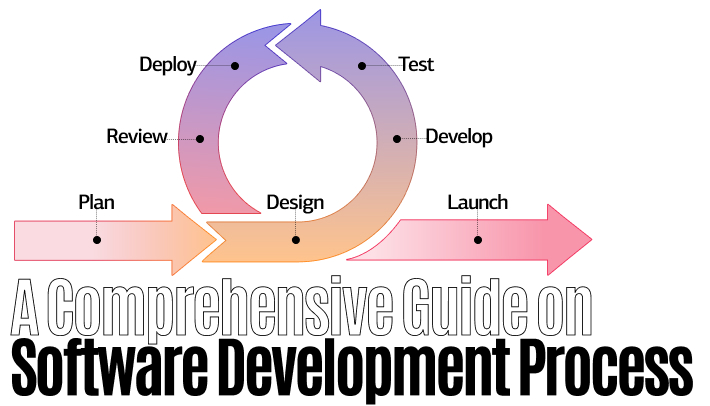Companies performing their business activities on-line may be faced with the situation where their web store is unavailable to their customers. Not all businesses truly appreciate the seriousness of this situation, and usually, the bigger the business the bigger the consequences that follow.
In this article, we will study the dangers of website downtime for any kind of e-commerce business and offer tips and solutions that will help to mitigate any substantial losses to both financial and business reputation.
What does an e-commerce business lose while being “downed”?
All downtime for an e-commerce business makes that business invisible to its customers. This can be extremely frustrating for the business owner and maybe even more so for customer who probably relies on your e-commerce business being available to him/her anytime, day or night. Rarely will your customer understand or express empathy with you in such a situation.

A similar situation occurs with the online store. People could find your website with the search, or clicking the links placed on aggregators, forums, or social media. The business may face a double loss when their active advertisement campaigns are taken into consideration too. The first loss occurs when the prospective customer clicks the advertisement link and follows the now ‘downed’ store. And the second loss – is an inability to provide the item that this customer wishes to purchase.
Add to this the damage to the brand, reputations can be marred and market presence can also be affected. A store that is offline is susceptible to its competitors moving in.
Losing the opportunity to satisfy the customer and deliver goods leads to a decrease in business performance. The bigger the performance drop, the harder it may be to recover. It will cost a significant amount and require numerous marketing activities to regain the traffic flow again.
Customers always seem to remember your failures and rarely your successes and bad news travels fast. As a result, customers and other site visitors may not return after being left disappointed. You will need to mitigate the reputational damage and regain the confidence of your clients.
SEO ranking is vulnerable to downtime too, when a website is downed, search engines gradually raise the profiles of their closest competitors due to their serviceable position.
What the business can expect in reality
Without a doubt, no website can guarantee protection from periods of down time. Especially when we talk about high-loaded e-commerce products with many APIs. In any case, such factors as the reliability of hosting providers, maintenance, human error, or even poor code quality leading to constant bug rectification will cause some periods of down time. Without maintenance and possibly regular updates these failures are inevitable at some point.
The main task of a business owner – is to make such periods as painless as possible. You can reduce the negative effects with advertising activities to regain the number of visitors. Though, a much safer and efficient way is to provide stability to the e-commerce product from the moment of its development.
The ways to make the e-commerce product stable
There are numerous ways to offset the chances of e-commerce website failure. They vary depending on the period of their implementation or softwarehardware relation.
- One of the most reliable ones is foresight, expect the unexpected, plan ahead. Think about the future from the moment of the website creation.
A team of developers who have sufficient experience in the e-commerce niche will ensure the consistency of the final product after deployment. The knowledge and experience of the people who build the code influence its future expandability and stability. This way, spending some time and resources on the custom ecommerce development team can become an investment for the future.
Reliable teams provide further maintenance and fixes after deployment. Should the website suddenly become downed you would have the ready-to-help team on hand to deal with the situation. There would be no need to waste precious time scrambling around hoping to find a developer who could assist.

An experienced team can design the e-commerce product in such a way that even at the time of receiving maintenance or updates it would not be downed.
- The second way – to plan in advance.
The process of any product creation includes planning and design framing, besides direct development. Any plan should include financial and legal risks, ways of preventing, and mitigating of possible failures. When reactions to critical situations are documented beforehand, it is much easier to implement them when the problem occurs.
- The third option deals with the hardware part of an e-commerce product, its hosting provider.
The quality of the hosting provider services influences website stability as well. It is important that you choose the host according to points that are crucial for each particular product.
Although it is impossible to guarantee eternal, trouble-free continuous operation, each business owner has the power to make it as protected as they possibly can in order to minimize the risks.
We can’t help you with the hosting itself, though we can definitely assist with making a high-quality product that will gain recognition and bring profits. Contact us to discuss the ideas on how we can empower each other.


















